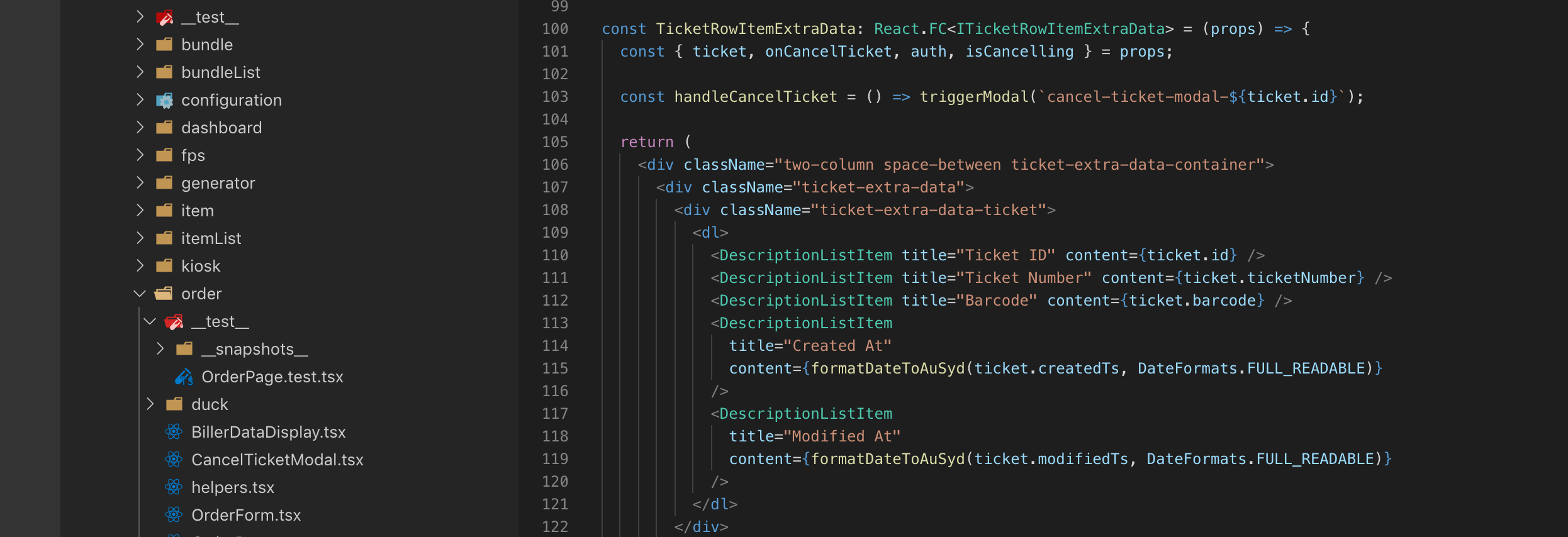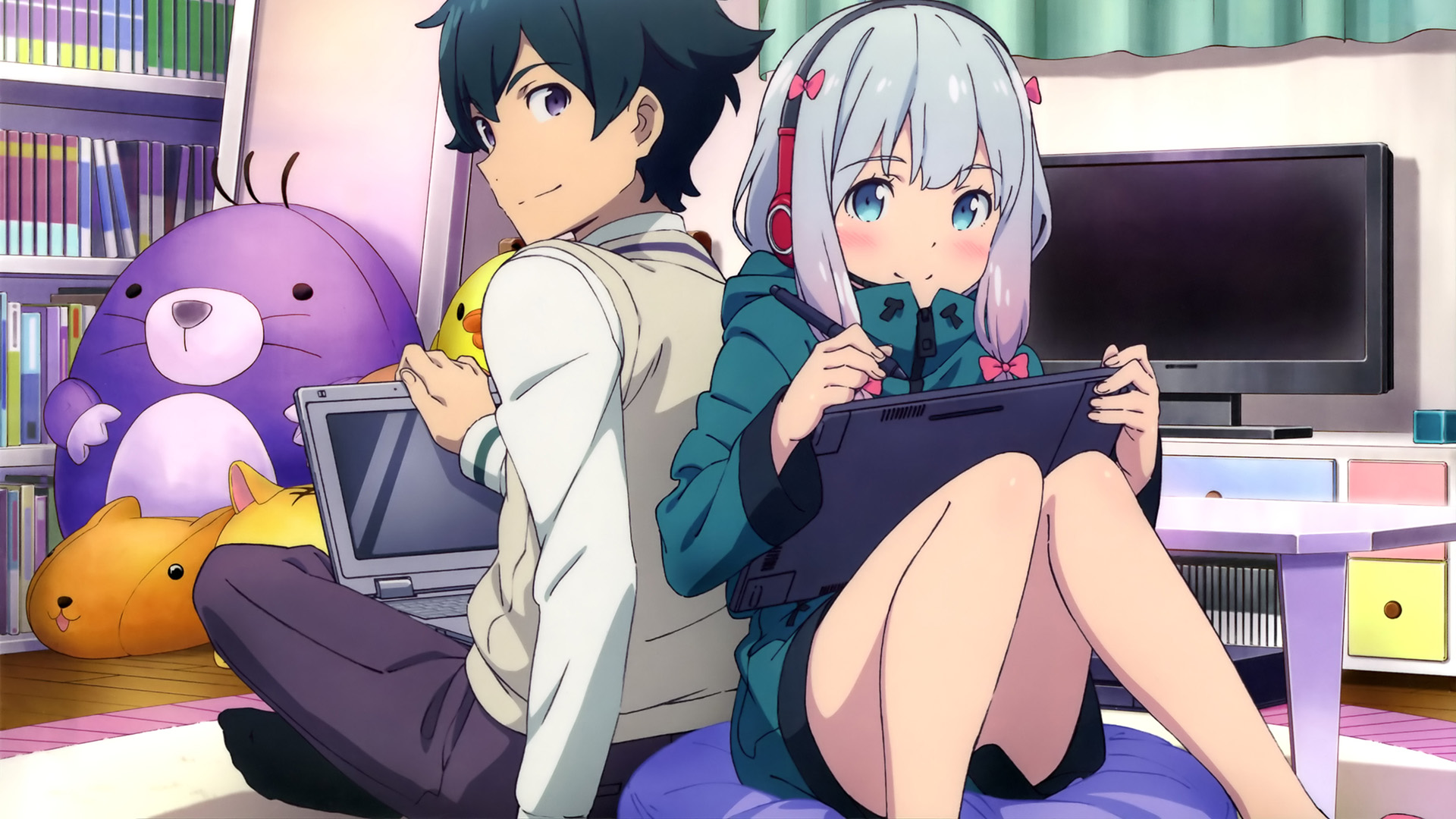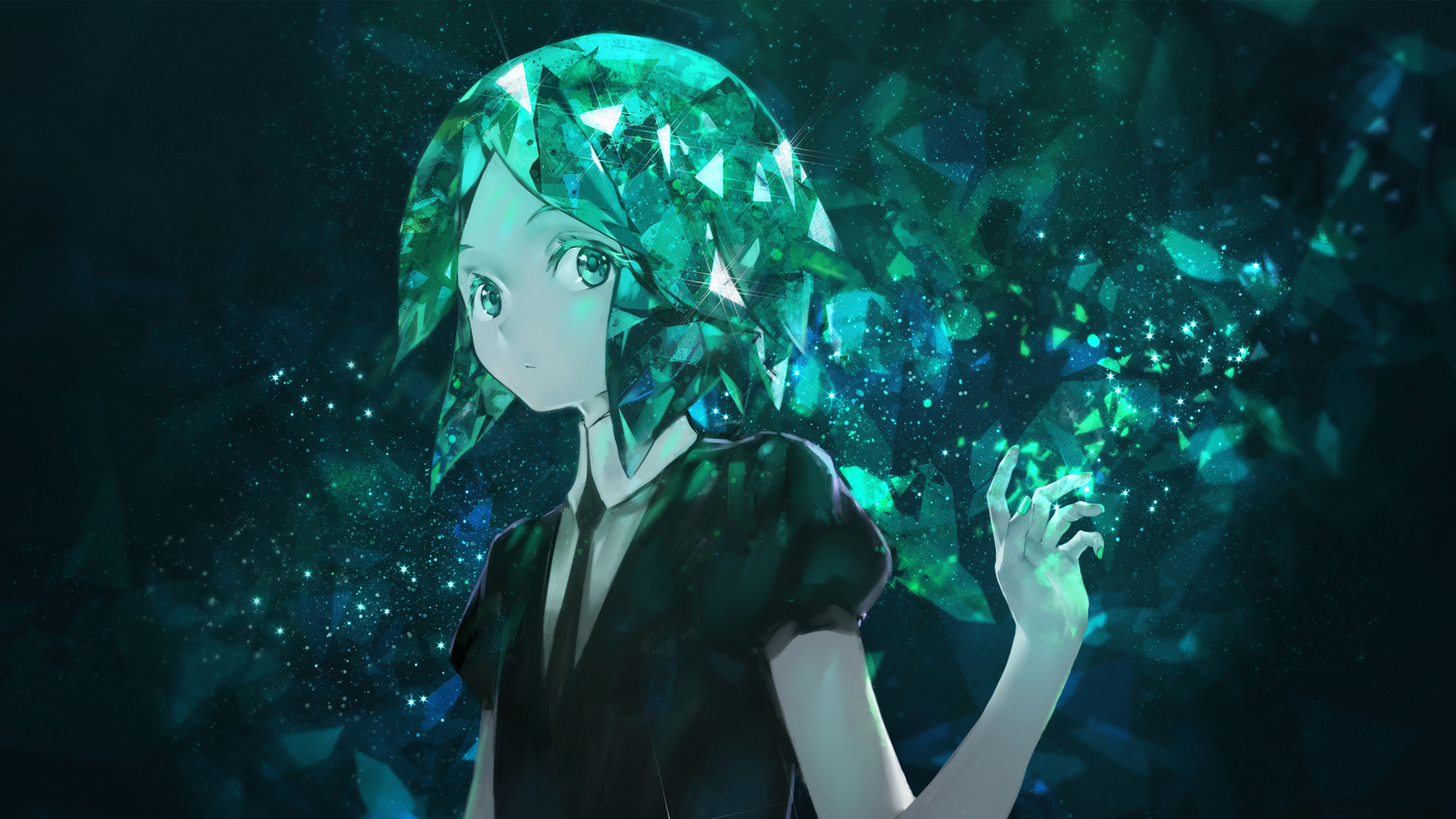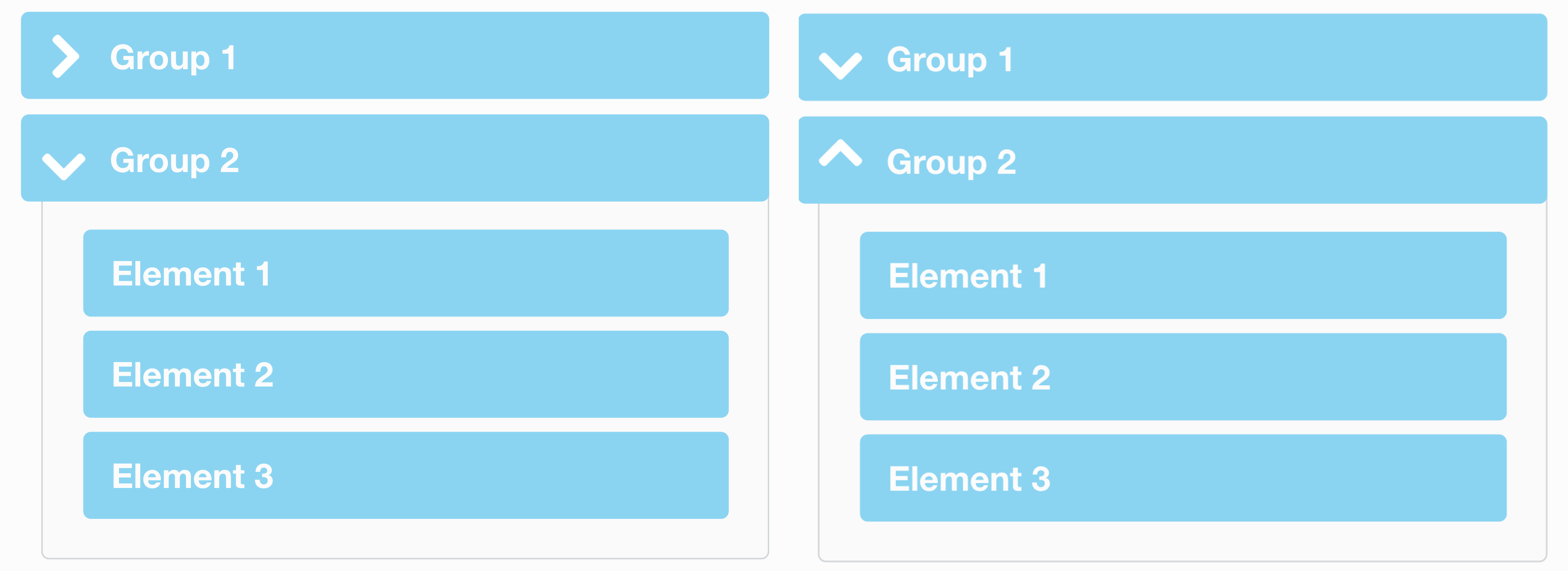SMASH!, the largest anime convention in Australia, with over 22,000 people coming annually. And to support this convention we have a range of systems: website, recruitment, and ticketing. And now, in 2019, we have to rewrite the ticketing system from scratch. As a bit of backstory, let me tell you how we ended up in this situation.
The backstory of SMASH! ticketing systems
SMASH! is purely volunteer run, and because of that, it simply lacks the necessary funding to pay for expensive systems like Ticketek or Eventbrite. However SMASH! is run on passion, passion of people from all sorts of backgrounds. And who would have thought that the majority a lot of people who want to dedicate their free time to help grow such convention are IT professionals working in the field. And what do IT guys and girls like doing more than hacking systems? – that’s right, building new systems! So at some point, the IT team of SMASH! built it own ticketing system (frontend and backend), and payment link system, and pass issuing system, and local redemption system and infrastructure. One might ask why build so many systems? The answer is always simple: cause there was a need for it.
With 5 systems, maintaining them became quite the challenge, and all of 2018 was spent to just support the existing systems and add 2 minor features. However it became clear that something needed to change when the 2 tech leads, who built the ticketing system and payment link system, retired from SMASH! after 8 years of service, each.
So even before SMASH! 2018 weekend happened, Yaakov and I started taking about the future of SMASH! ticketing.
The decision
We had 4 options and we had to make a choice… Read More ▷









